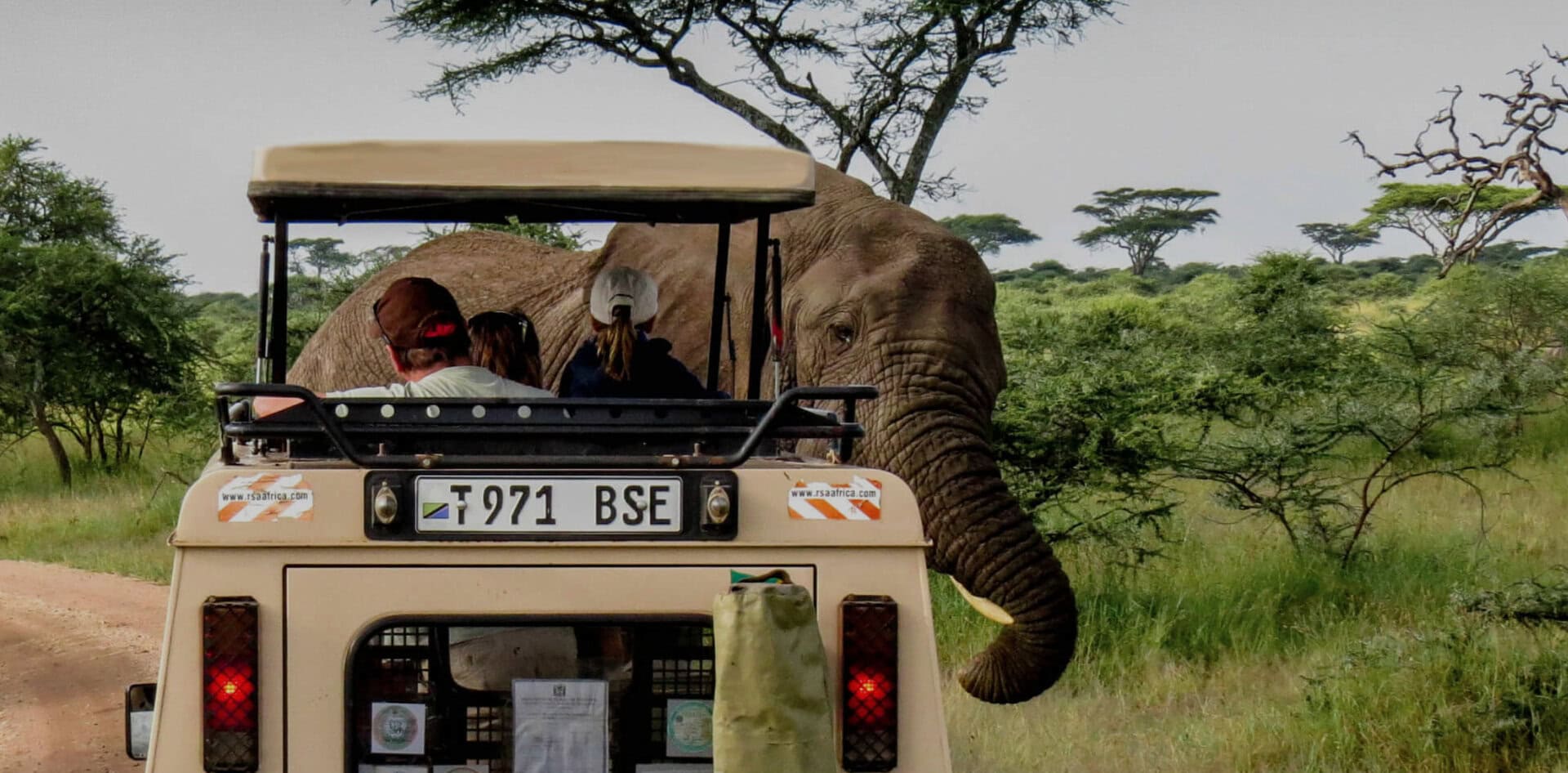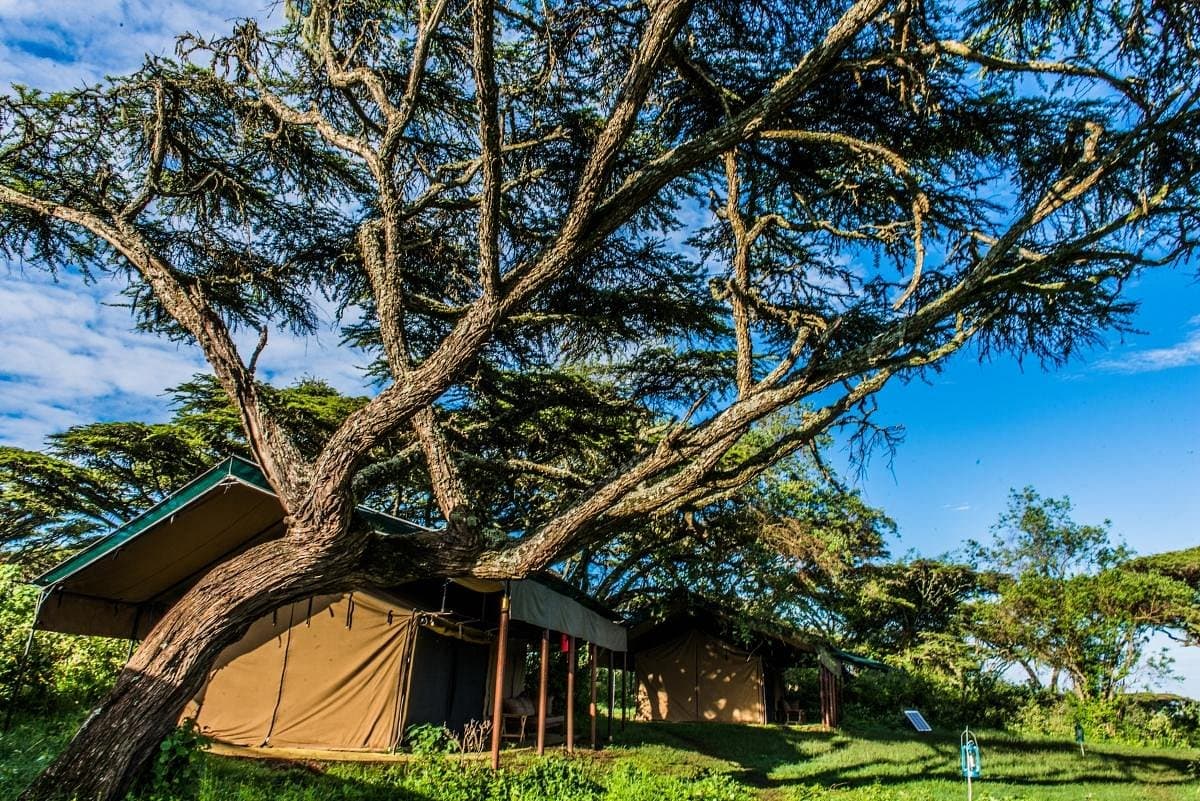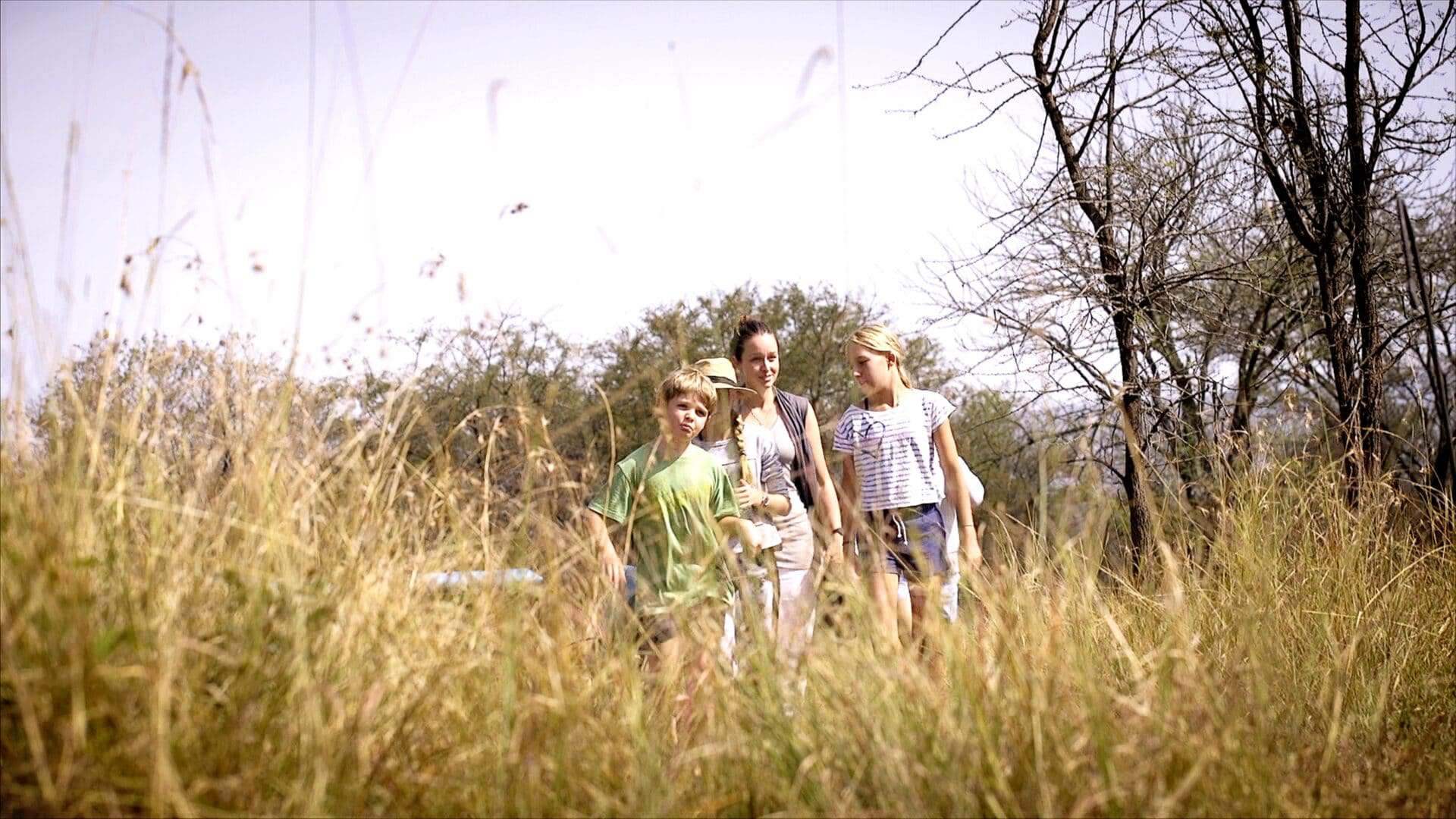Imagine a place where the Earth cradles an astonishing abundance of life, where ancient geological wonders meet unparalleled wildlife spectacles. Welcome to Tanzania’s Ngorongoro Crater, a magical destination for family safaris in Africa!
For the discerning family seeking an extraordinary adventure, a Tanzania safari here transcends a mere holiday; it’s an exclusive, deeply enriching journey that promises thrilling encounters, profound educational opportunities, and the utmost comfort.
Why Should You Go on a Family Safari in the Ngorongoro Crater?

UNESCO World Heritage Site
The Ngorongoro Crater is the world’s largest unbroken and inactive volcanic caldera. This geological marvel – born from the collapse of an ancient volcano – attracts an array of wildlife to its mineral-rich floor.
It holds distinguished status as a UNESCO World Heritage Site, recognised globally for its exceptional natural and cultural heritage.
The Big Five
One of the most compelling aspects of a Ngorongoro safari is the high probability of encountering Africa’s iconic Big Five – buffalo, lion, leopard, elephant, and rhino. In fact, this is one of the best places to see black rhinos.
Where to Go for a Family Safari in the Ngorongoro Crater

The Crater Floor
This expansive, fertile basin teems with a high density of animals, including vast herds of wildebeest and zebras, numerous gazelle species, and big cats. The Gorigor Swamps within the Crater are particularly significant for spotting the elusive black rhino, as these shy creatures often favour the dense vegetation and water. Lake Magadi attracts thousands of flamingos, creating a spectacular pink-hued sight – a highlight of a Tanzania safari.
Wider Ngorongoro Conservation Area
The wider area includes vital ecological zones, one being the Olduvai Gorge. Located just outside the Crater to the northwest, it’s a significant archaeological site, as it reveals some of the earliest evidence of humanity.
You may encounter the semi-nomadic Maasai pastoralists while on your Ngorongoro Crater safari. Engaging with Maasai communities can be an incredibly enriching experience for the whole family.
Crater Rim
The crater rim offers breathtaking panoramic views of the caldera below. From this viewpoint, you and your family will be able to have a broader view of the varied landscapes, from open plains to acacia woodlands and the distinct soda lake, and the variety of wildlife that call this region home.
5 Tips for a Family Safari in the Ngorongoro Crater

1. Expert Planning and Flexible Itineraries
When planning a family African safari, a knowledgeable safari expert can make all the difference. Discover Africa safari planners can give you valuable insights into the best family-friendly camps and lodges that offer engaging activities and amenities that will suit the whole family.
Also, embracing flexibility within your itinerary is key. Opt for private vehicles for a personalised pace – this allows for spontaneous stops and adjustments based on your family’s energy levels and interests.
2. Health and Safety Preparedness
Consult a medical professional for recommended vaccinations and anti-malarial medication. Always maintain a safe distance from animals, adhere strictly to your guide’s instructions, and remain inside the safari vehicle unless explicitly permitted.
3. Smart Packing for All Ages
Pack lightweight, breathable fabrics in neutral shades. Long-sleeved shirts and trousers are indispensable for sun protection and deterring insects. Layering is important for temperature fluctuations. Don’t forget sturdy walking shoes, a wide-brimmed hat, high-SPF sunscreen, and effective insect repellent. For children, mini binoculars and a child-friendly camera can greatly enhance their engagement.
4. Embrace a Digital Detox
A Tanzania safari can give you and your family the rare opportunity for a full digital detox. Encourage your family, especially children, to look up from their phones and truly immerse themselves in the natural spectacle unfolding around them.
Many luxury lodges offer limited Wi-Fi, which can be a blessing in disguise, fostering genuine connection with each other and the environment.
5. Learn About the Local Culture
The Ngorongoro Conservation Area is home to the Maasai people. Engaging with Maasai communities offers a deeply enriching cultural experience, from learning about traditional customs to visiting local schools.






















